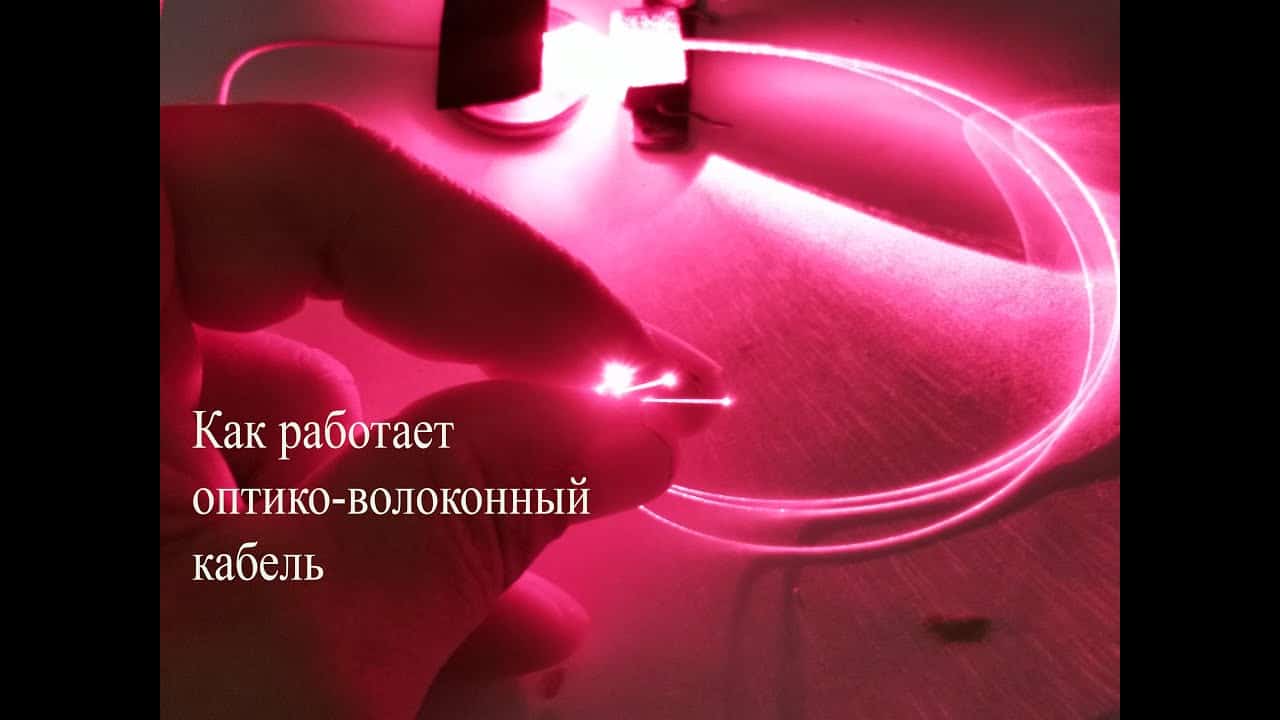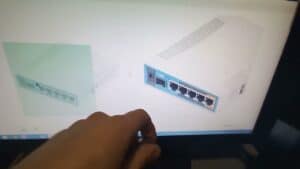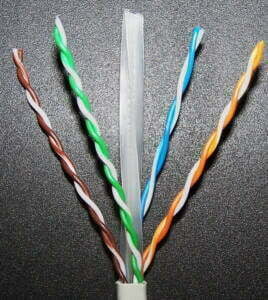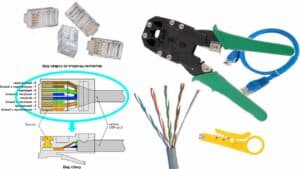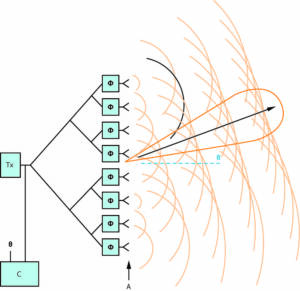Everything you need to know about fiber optic technology
Fiber optic communication is the transmission of data using light waves through a glass or plastic fiber cable. Optical fiber is used to transmit large amounts of data over long distances. The main advantage of optical fiber over traditional copper wires is its high data transfer speed and large bandwidth. Fiber optics is also more reliable as it is resistant to electromagnetic interference and is not subject to corrosion. Fiber optic communication technology is widely used in modern communication networks, including the Internet, telephony, television and other types of communications. It is also used in medicine, science, aviation and other industries. Lasers or LEDs are used to transmit data through fiber optic cables. Signals are transmitted in the form of light pulses, which are converted into electrical signals at the receiving end. One of the main components of fiber optic communication is the optical amplifier. It amplifies the signals transmitted through optical fiber and allows data to be transmitted over long distances without loss of quality. Thus, optical fiber is a modern and reliable data transmission technology. Due to its high speed and capacity, it is used in many industries and remains one of the key elements of modern communication networks.
What is the difference between fiber optics and copper wires?
Fiber optics and copper wires are two different data transmission technologies. Fiber optics operate based on light signals, while copper wires use electrical signals. This means that fiber optics is faster and more reliable than copper wires.
In addition, optical fiber provides greater bandwidth and allows data to be transmitted over long distances without loss of quality. Copper wires have limited bandwidth and cannot transmit data over long distances.
Also, fiber optics are safer than copper wires because light signals do not create electromagnetic fields that can affect the environment and human health.
Overall, using fiber optics is a more efficient and advanced way of transmitting data than copper wires. However, installing fiber optic infrastructure can be more expensive compared to copper wires.
New technological developments in the field of fiber optic communications
In recent years, fiber optic communications have become an integral part of our lives. It is used to transmit data, sound and video over long distances. But how does fiber optic communication work?
Optical fiber is a thin glass or plastic cord that is used to transmit information using light. Light signals are transmitted through a fiber optic cable, which consists of two layers, the core and the sheath. The core is the central part of the cable through which the light signal passes. The sheath surrounds the core and protects it from external influences.
One of the main advantages of fiber optic communication is its high data transfer speed. New technological developments in the field of fiber optic communications allow data transmission at speeds of up to 100 Gbps, making it the most efficient and fastest method of communication.
One of the new technologies is the use of quantum dots to create ultra-fast fiber optic cables. Quantum dots are nanoparticles that can change their color and light output depending on their size. The use of quantum dots allows increasing the data transfer rate in fiber optic cables to 10 Tbit/s.
There are also developments in the field of increasing the range of data transmission over fiber optic cables. New technologies make it possible to transmit data over distances of up to 1000 km without compromising signal quality.
New technological developments in the field of fiber optic communications are significantly improving the quality and speed of data transfer. They make fiber optic communication the most efficient and fastest method of communication and allow it to be used in many areas of our lives.
Read further:
